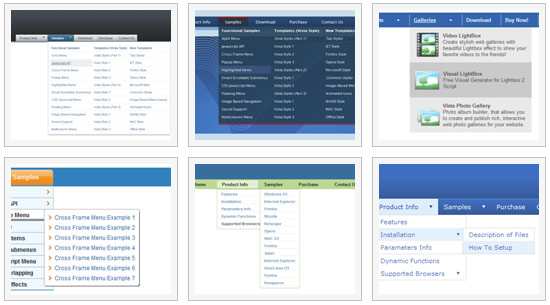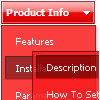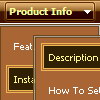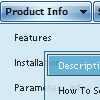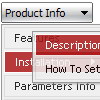Recent Questions
Q: Does dropdown menu javascript supports right to left languages?
A: Yes, Deluxe Menu support right to left languages, set the following parameter:
var dmRTL=1;
Specify also align for your items:
var itemAlignTop="right";
var itemAlign="right";
Q: My slide drop down menu appears at the top of the page rather than in the cell in which I placed it
A: You're using absolute position for the menu now:
var absolutePos=1;
You should use the relative position:
var absolutePos=0;
Q: Can search engines follow the menu items of the website design navigation?
A: You should generate search engine friendly code and install it on yourpage.
Deluxe Menu is a search engine friendly menu since v1.12.
To create a search engine friendly menu you should add additional html code within your html page:
<div id="dmlinks"> <a href="menu_link1">menu_item_text1
<a href="menu_link2">menu_item_text2
...etc.
</div>
To generate such a code use Deluxe Tuner application.
Run Tuner, load your menu and click Tools/Generate SE-friendly Code (F3).
Q: Can you tell me if I can eliminate the transparent look of the dhtml rollover?
When the menu drops down over text, you can see the text.
What can Ido to fix it.
A: You should set the following parameter:
var transparency="100";

